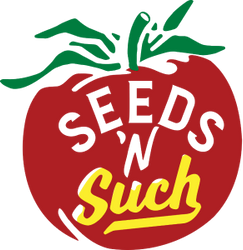Xerces Society’s Recommendations For Establishing Pollinator Habitats
To begin planning your backyard pollinator habitat, the Xerces Society guide, Attracting Native Pollinators, says it is a quite simple process. The guide states, “When it comes right down to it, pollinators have only a few basic habitat requirements: a flower-rich foraging area, suitable host plants or nests where they can lay their eggs, and an environment free of pesticides. Providing any of these is a valuable first step. Sometimes, simple steps can be the most successful and the most immediately satisfying. Wooden nest blocks or bundles of hollow stems can attract bees within days of installation.”
As for location, the guide says, “As you think about where to locate your pollinator habitat and how much effort you are prepared to make, consider the range of possibilities. Taking any action, however modest, is better than taking none at all. A patch of suitable flowers quickly becomes a magnet for butterflies, bees, flies and beetles. If you use pesticides, seek out alternatives; if your neighbors use pesticides, work with them to find a better way to minimize their impact.”
After you gain more and more confidence in your efforts, the guide urges you to “increase the scope and size of your pollinator habitat, and you’ll add to the diversity, abundance, and productivity of your land. Expand your habitat at your own pace, observe what works and what does not, and incorporate your observations into what you do.”
